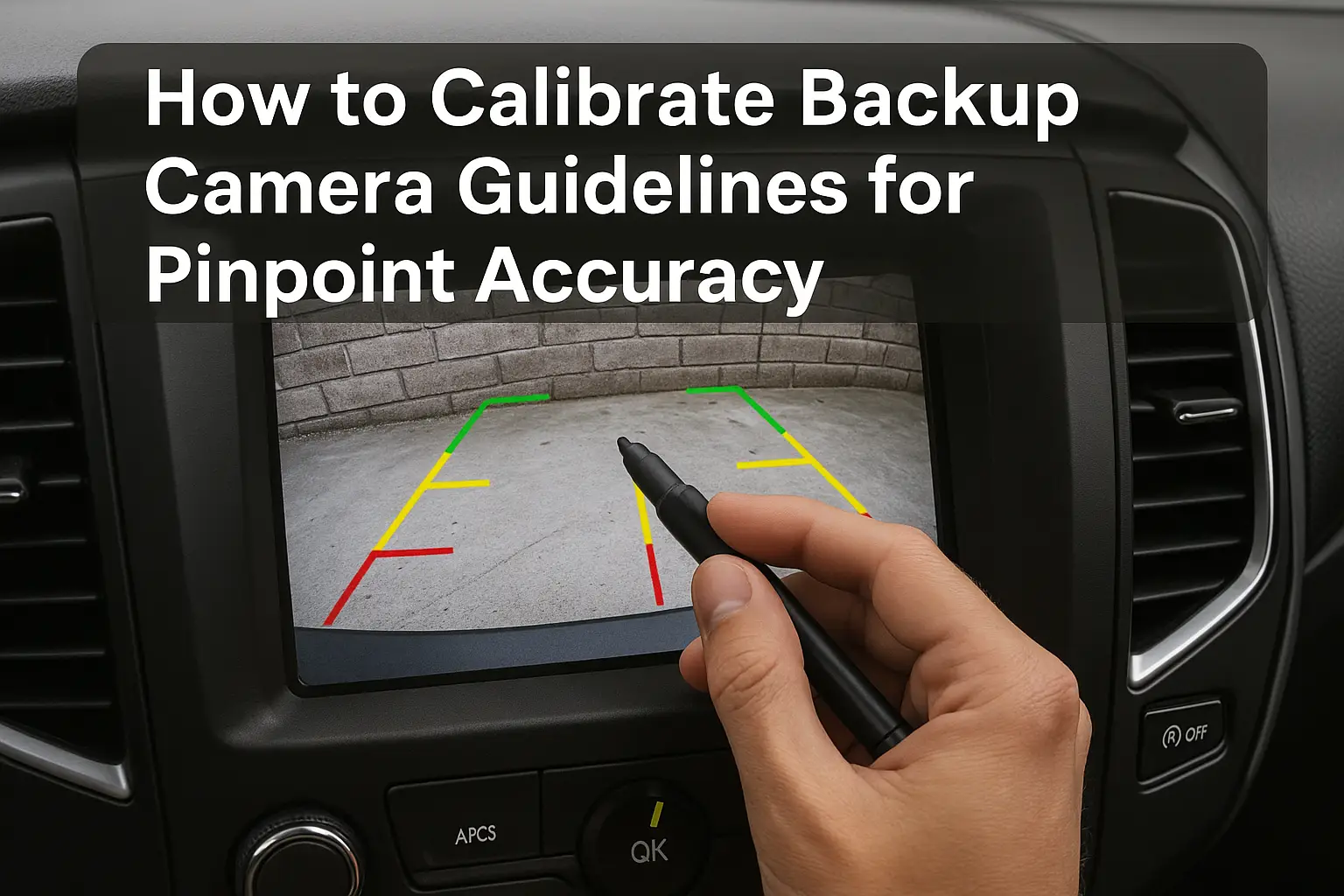Are your backup camera guidelines making you guess? This turns simple parking into a stressful game of chance. You can fix this and regain your confidence when reversing.
To calibrate backup camera1 guidelines for pinpoint accuracy, access your vehicle’s hidden service menu2. Use tape or cones to create physical markers on the ground behind your car at set distances. Then, adjust the on-screen lines within the menu until they perfectly match your ground markers.
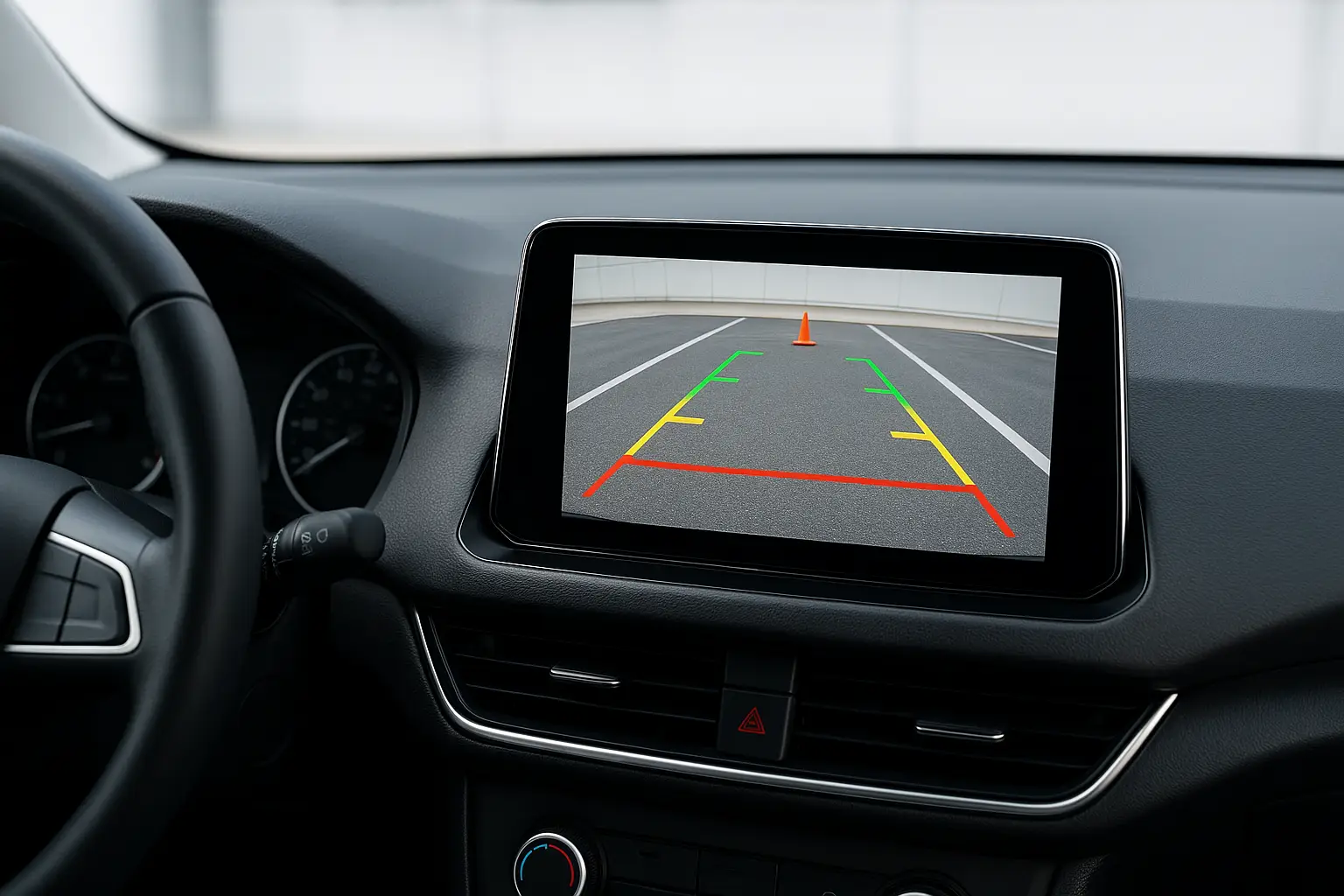
I founded VST Tech because I believe technology should make us safer on the road. A backup camera is a perfect example of this. But if its guidelines are off, it can create a false sense of security, which is sometimes more dangerous than having no guide at all. That’s why getting them right is so important. Let’s dive into how you can make sure your camera is a tool you can truly trust. Getting this right is a key step in protecting your driving safety.
Why Do Backup Camera Guidelines Lose Their Accuracy in the First Place?
Ever wonder why your once-perfect camera lines are now crooked? It is frustrating when a tool you rely on becomes untrustworthy. This misalignment can happen for many reasons, so understanding the cause is the first step to fixing it for good.
Guidelines lose accuracy because the camera gets moved by bumps or repairs, your vehicle's height changes due to new tires or heavy loads, or from software glitches. Even a small knock to the camera can throw off the projected lines, making them unreliable for safe parking.
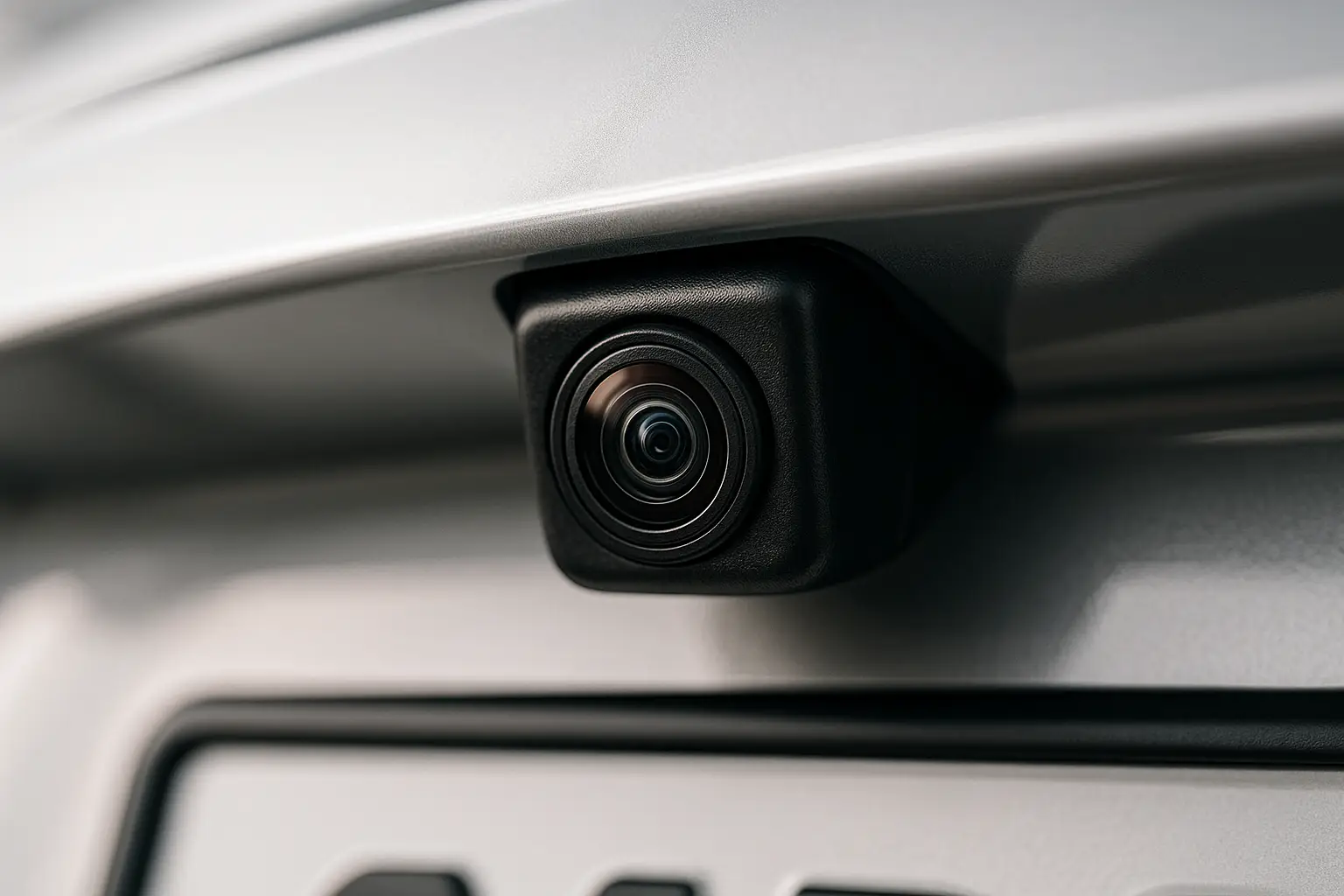
When I first started developing safety systems at VST Tech, one of the first things I learned was how sensitive these cameras are. A tiny change at the source creates a big error on your screen. It's a simple matter of physics, but it has a huge impact on safety. Let's break down the most common reasons why your guidelines might be leading you astray. It’s usually one of three things: a physical shift, a change in your vehicle’s posture, or a simple software error. Knowing which one is affecting your car helps you find the right solution faster.
The Common Causes of Misalignment
The most frequent culprit is a physical change to the camera's position or the vehicle's height.
- Physical Bumps and Knocks: The camera is often mounted on the trunk lid or bumper. A gentle tap from another car in a parking lot, closing the trunk too hard, or even pressure from an automatic car wash can slightly nudge the camera. A shift of just one millimeter can translate into an error of several inches on the ground 10 feet away.
- Vehicle Stance Changes: Your car's height and angle are not constant. Putting heavy items in the trunk, towing a trailer, or even just having multiple passengers in the back seat can lower the rear of the car. This changes the camera's viewing angle. Similarly, installing new tires with a different diameter than the old ones will raise or lower the entire vehicle, which also requires recalibration.
- Software and Electrical Issues: Sometimes the problem isn't physical at all. Disconnecting the car battery for a replacement or another repair can sometimes reset the infotainment system to its factory settings, wiping out your custom calibration. In rare cases, a software glitch can also corrupt the alignment data.
| Cause of Misalignment | Example | Solution |
|---|---|---|
| Physical Shift | Minor fender bender, hard trunk slam | Manual recalibration (DIY or Professional) |
| Vehicle Stance Change | New tires, heavy cargo in the trunk | Recalibrate after the change is made |
| Software/Electrical | Battery replacement, system update | Check settings and recalibrate if necessary |
What Tools and Steps Are Needed for a DIY Calibration?
Thinking about calibrating your camera seems complicated. You might imagine a trip to the dealer is necessary. You worry about the cost and the hassle of it all. But you can often do this yourself with basic items from around your garage.
For a do-it-yourself calibration, you need a level surface, a measuring tape3, and visible markers like cones or bright tape. The process involves measuring specific distances behind your car, marking them clearly, and then using your vehicle's calibration menu4 to align the guides with your physical marks.
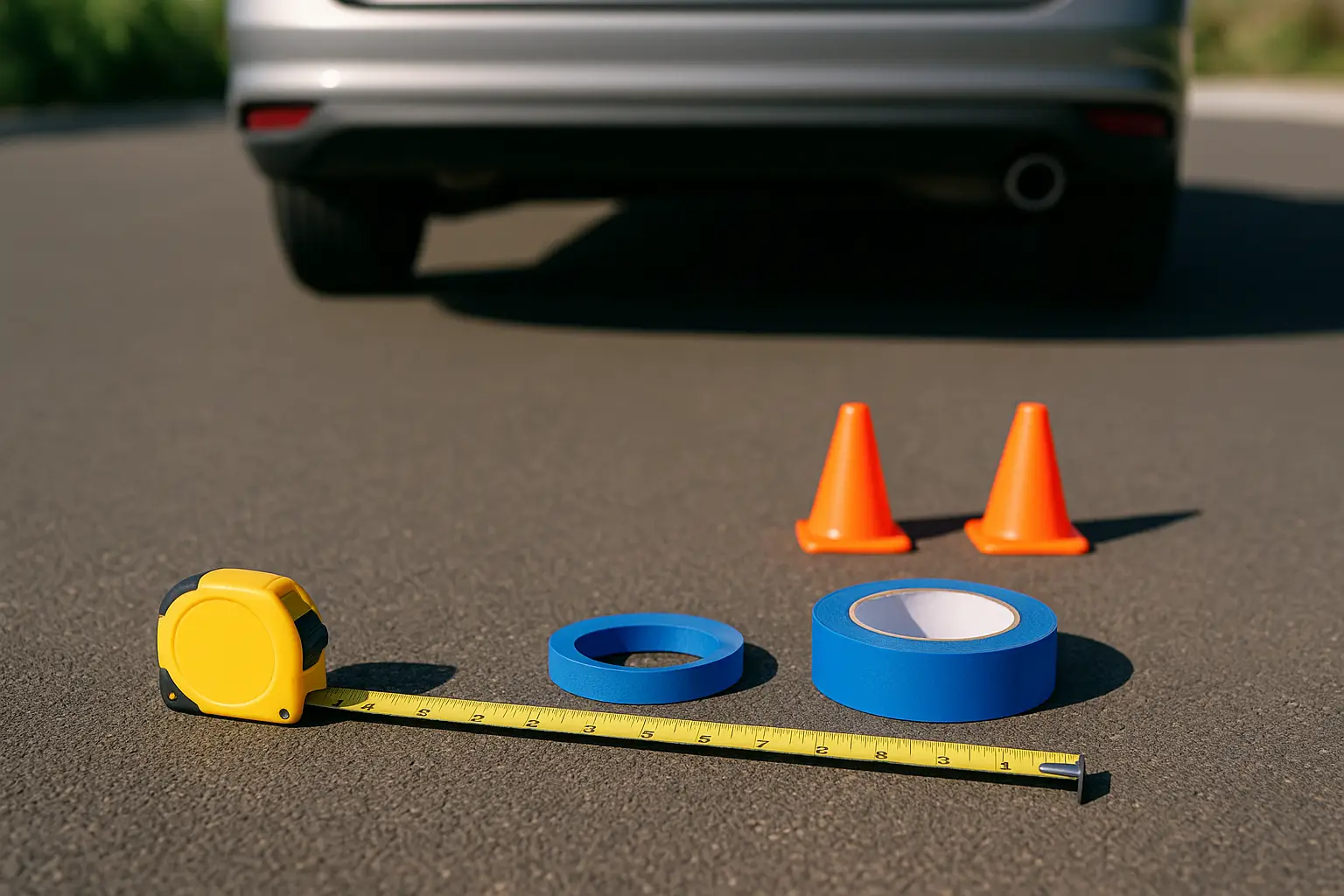
At VST Tech, we believe in empowering drivers. Giving you the knowledge to handle simple maintenance yourself is part of our mission to enhance road safety. A DIY calibration is very manageable for most vehicles. It just requires a bit of patience and attention to detail. I’ve done this myself many times on test vehicles. The key is to be precise with your measurements on the ground. If your physical markers are accurate, you can get your digital guidelines to be just as accurate. It’s a satisfying fix that directly improves your control and safety.
A Step-by-Step Guide to DIY Calibration
Follow these steps carefully for the best results. Don't rush the process, as precision is everything here.
-
Preparation is Key
First, find a large, flat, and level surface, like an empty parking lot or a garage. Park your car in the center. Make sure your tire pressure is set to the manufacturer's recommendation and remove any heavy items from the trunk or cargo area. You want the car to be at its normal, unladen height. You will need a measuring tape, and some bright painter's tape or chalk. Two small, visible objects like parking cones or small boxes are also very helpful. -
Mark Your Calibration Zone
This is the most critical part.- Find the exact center of your rear bumper and mark a point on the ground directly below it.
- Using your measuring tape, extend a straight line backward from this center point. This is your centerline.
- Now, measure and mark specific distances along this centerline. A common standard is to make marks at 3 feet (for the yellow line) and 6 feet (for the red line) behind the bumper.
- At each of these distance marks, you need to mark the width of your vehicle. Measure the full width of your car (mirror to mirror) and place tape markers on the ground at those points, creating a box.
-
Access the Calibration Menu
This step varies widely between car brands. The menu is often hidden to prevent accidental changes.- Check Your Manual: Your owner's manual is the best place to start. It may provide direct instructions.
- Common Methods: Often, you need to press and hold an area on the infotainment touchscreen while in reverse. Other cars might require a specific sequence, like turning the steering wheel fully one way, then the other. A quick search online for your specific car model and "backup camera calibration menu4" usually provides the answer.
-
Align the Guidelines
Once you're in the menu, you will see the camera's view with the guidelines overlaid. There will be on-screen controls to move them.- Carefully adjust the position of the on-screen lines (width, distance, and angle) until they perfectly match the tape marks you laid out on the ground.
- The side lines should align with the vehicle width markers, and the distance lines (often green, yellow, and red) should sit on top of the distance markers you made.
- Take your time. Make small adjustments and check them. Once you are satisfied, save the settings and exit the menu. Test it by backing up toward an object to confirm your work.
When Should You Leave Calibration to the Professionals?
You've tried the DIY method, but the lines still aren't right. Or maybe you just aren't confident tackling the process yourself. Getting the calibration wrong could create a false sense of security, which is worse than having no lines at all. Knowing when to call an expert ensures the job is done perfectly.
You should see a professional if your vehicle requires specialized electronic tools, if the camera itself was damaged or replaced, or if DIY attempts fail. Advanced systems, especially those with 360-degree views or other integrated safety features, often need dealer-level equipment for proper alignment.
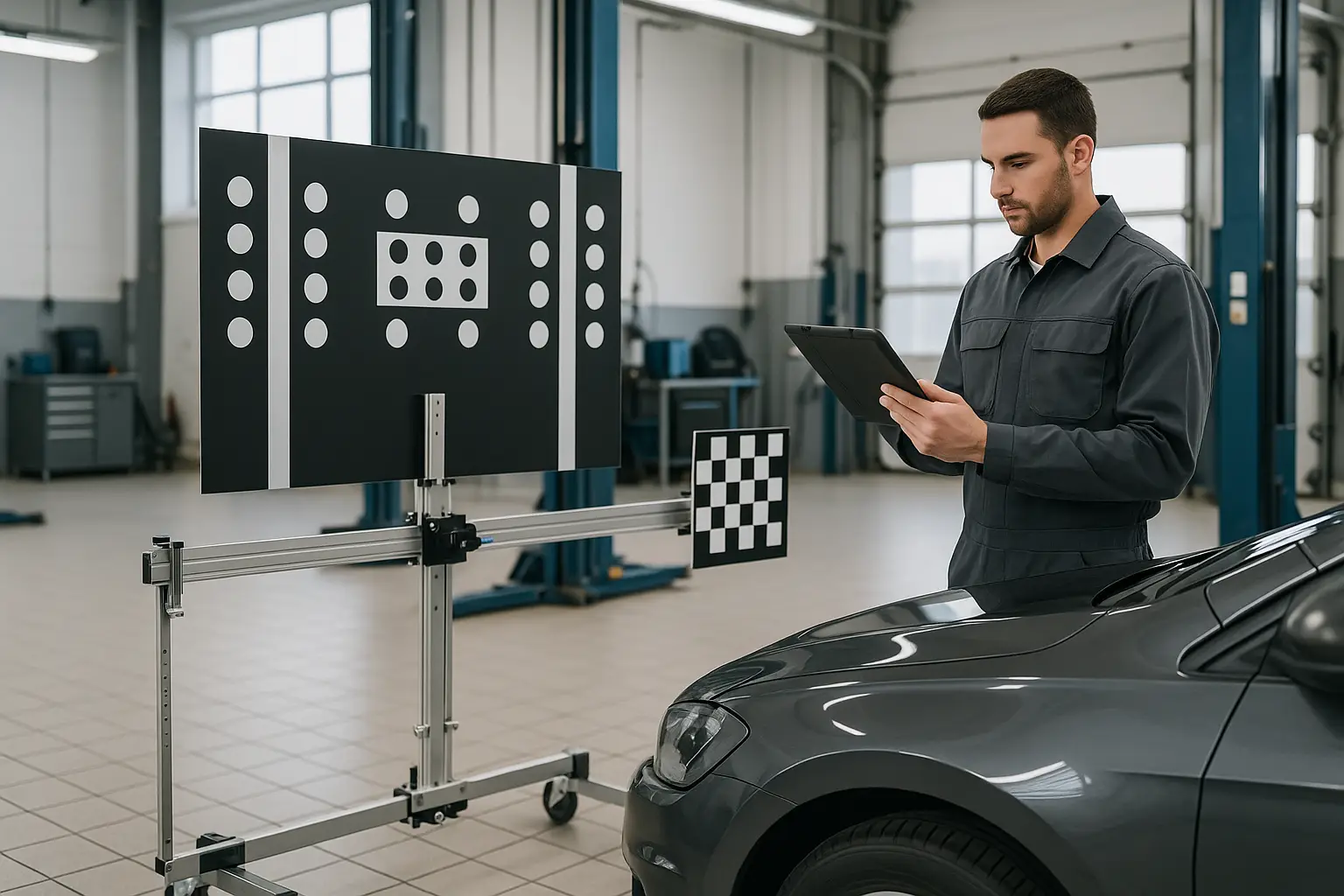
Part of our mission at VST Tech is promoting total road safety. That mission includes being honest about the limits of DIY work. While I encourage drivers to be hands-on, some systems are simply too complex and integrated for a home garage solution. I've seen advanced systems where a miscalibrated backup camera can disable other critical features like automatic braking. In these situations, the risk isn't worth it. A professional technician with the right tools isn't just a convenience; they are a necessary part of ensuring your entire vehicle safety network functions as one.
Scenarios Requiring Expert Help
There are clear times when a trip to a qualified mechanic or dealership is the right call. Don't hesitate if you find yourself in one of these situations. The safety of you and others depends on it.
- After a Collision or Camera Replacement: If your car has been in an accident, even a minor one, that affected the rear bumper or trunk, professional calibration is essential. The same is true if the camera unit itself has been replaced. A body shop or dealer uses specific, large-scale patterns and specialized software to align the camera to factory specifications, which is impossible to replicate with tape on the ground.
- Vehicles with Integrated ADAS: Many modern cars have Advanced Driver-Assistance Systems (ADAS). Features like a 360-degree "bird's-eye" view, rear cross-traffic alert5, or automatic reverse braking all rely on data from the backup camera. These systems are interconnected. Calibrating just one camera incorrectly can have a domino effect, causing other safety features to malfunction. Professionals have the integrated diagnostic tools to calibrate the entire network correctly.
- No User-Accessible Menu: Some car manufacturers simply lock users out of the calibration menu. There is no button sequence or hidden screen you can access. In these cases, the only way to make adjustments is by connecting the car to a dealership's diagnostic computer. This is a deliberate design choice to ensure these critical safety systems are only adjusted by trained technicians.
| Situation | Recommended Action | Why? |
|---|---|---|
| Simple misalignment, no damage | DIY Calibration | The issue is likely minor and can be fixed with manual adjustments. |
| After an accident or camera swap | Professional Calibration | The camera's physical position has fundamentally changed, requiring factory tools. |
| Car has 360° view or auto-braking | Professional Calibration | The camera is part of a larger safety system that must be calibrated together. |
| Cannot find the calibration menu | Professional Calibration | The manufacturer requires a specialized diagnostic tool for any adjustments. |
Conclusión
In the end, your backup camera is more than a convenience; it's a vital piece of safety equipment. We've seen that its guidelines can drift out of alignment from simple things like a bump or new tires. For many cars, you can perform a DIY calibration with just a measuring tape and some patience, restoring that pinpoint accuracy yourself. However, it's just as important to recognize when a professional is needed, especially after a repair or with complex, integrated safety systems.
As the founder of VST Tech, my work is driven by a single goal: protecting driving safety. I believe that empowerment comes from knowledge. Understanding how your safety systems work, how to maintain them, and when to seek expert help is crucial. An accurate backup camera guideline reduces stress, prevents costly scrapes, and, most importantly, protects people. Taking a few moments to check and calibrate your camera is a small investment of time that pays huge dividends in safety and peace of mind on every journey.
-
This link will guide you through the calibration process, ensuring your camera provides precise guidance. ↩
-
Find out how to access your vehicle's service menu to make necessary adjustments to your backup camera. ↩
-
Discover the right tools, including measuring tapes, for a successful DIY calibration. ↩
-
This link will help you navigate to your vehicle's calibration menu for adjustments. ↩ ↩
-
Learn about rear cross-traffic alert systems and their reliance on backup camera accuracy. ↩

